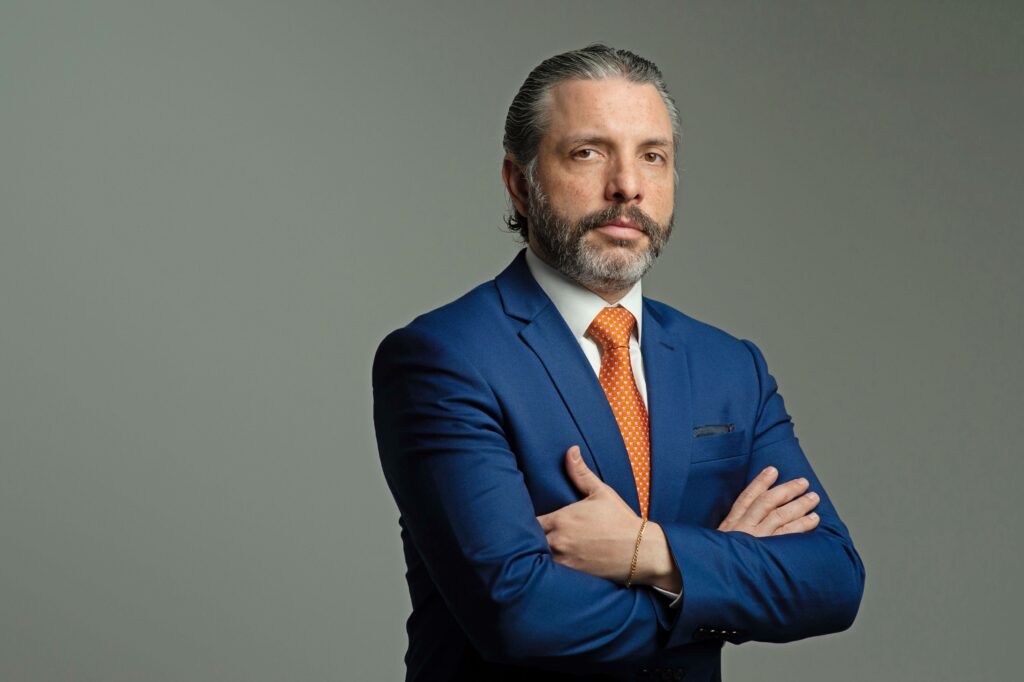Emerson Souza: Decarbonizing the Steel Industry is an Urgent Issue for the Planet
07/07/2025

The steel industry, a pillar of modern civilization, faces the urgent challenge of reducing its emissions. Green iron – HBI – emerges as an essential solution for a low-carbon future and a healthier planet.
Steel and iron production, the backbone of global infrastructure and development, is also among the most carbon-intensive sectors. Each year, the sector accounts for approximately 24% of industrial greenhouse gas (GHG) emissions and about 8% of global CO₂e (carbon dioxide equivalent) emissions.
This scenario calls for a deep strategic reassessment, where decarbonization is not just an environmental goal, but an imperative necessity for the planet’s sustainability. Without a transformation in the steel industry, global climate goals will be unattainable.
A Challenge of Steel Proportions
With the vast majority of these emissions—around 95%—coming from coal-fired blast furnaces, transitioning to a low-carbon future in steelmaking is intrinsically dependent on electrification. This implies massive adoption of electric arc furnaces (EAFs) powered by renewable electricity, enabling large-scale low-carbon steel production.
The feedstock for these EAFs is crucial: steel scrap and direct reduced iron (DRI), such as hot briquetted iron (HBI). When HBI is produced using renewable energy, it is classified as Green Iron.
Green Iron (HBI) holds transformative potential to drastically reduce the carbon footprint of the sector. Expert studies indicate that its use can lead to up to a 99% reduction in CO2 emissions compared to traditional coal-based blast furnace metallurgy. This represents a qualitative leap for industrial sustainability and addressing the climate crisis.
Allies on the Decarbonization Journey
In a strategic move to strengthen its green economy, Canada included high-purity iron ore—essential for green iron production—in its Critical Minerals List. This decision, driven by the demand for global steel industry decarbonization, positions Canada at the forefront of supplying sustainable materials.
Canada’s measure not only aims to secure supply for itself and its allies, but also encourages investment and the development of cleaner value chains for these strategic minerals, reinforcing the country’s commitment to the global energy transition.
In Brazil, Vale and Brazil Iron emerge as strategic allies in the decarbonization of the steel industry, with the promise of producing high-quality green iron (HBI) for the steel supply chain.
Brazil Iron, for example, plans to produce green iron (HBI) and low-carbon iron, supplying essential feedstock for the transition from coal-based blast furnaces to electric arc furnaces.
Brazil Iron’s goal, by producing green iron for use in EAFs, is to avoid around 17.5 million tons of CO₂e emissions per year compared to traditional coal-based blast furnace routes. Over the project’s lifetime, it is estimated that approximately 473 million tons of CO₂e emissions will be avoided.
The goal of reaching net-zero emissions involves the development of a project that will use renewable energy, Carbon Capture and Storage (CCS) technology, and green hydrogen (H2).
A Legacy for the Planet
Market experience teaches us that transforming such a robust and essential industry does not happen without commitment and innovation. The role of green iron is therefore not only technical but also strategic for the future of our planet.
Reducing emissions by up to 99% in one of the largest industrial polluters is a monumental step toward a safer and more sustainable future. This alignment between industrial production and global climate goals is the best legacy we can leave for future generations.
About the author: Emerson Souza is the Vice President of Institutional Relations at Brazil Iron. He assumed this position after leading the company’s communications department for two years.